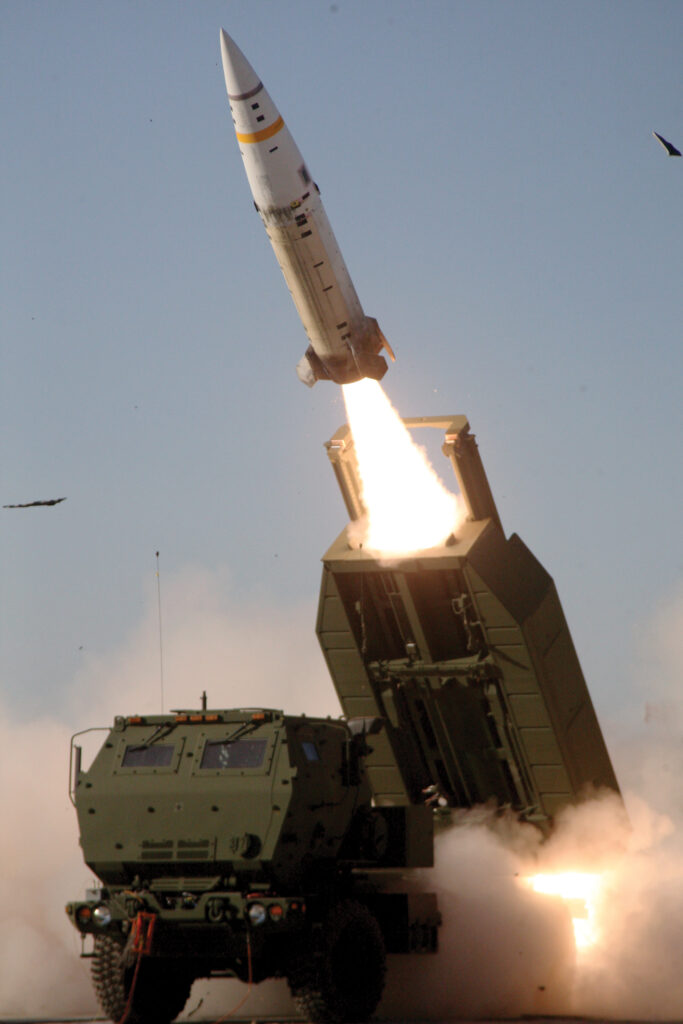ATACMS and Escalation Dynamics

I have a short piece on the Biden administration’s decision to allow of the use of US weapons on Russian targets in Russia…
Indeed, the real driver for the reversal may be the military situation in Ukraine. Thinking within the administration may be that allowing deep strikes against Russian staging areas may be the only way to prevent a general Ukrainian collapse or at least to slow Russia’s advance. Although they are exacting a severe toll on Russian forces, the Ukrainians have not been able to prevent Russia from seizing territory in both Kursk and the Donbas. By some accounts,the Russian advance is accelerating, with some reports of demoralization on the part of Ukrainian forces following the US election. The onset of full winter is likely to slow the Russians but does not change the fact that Ukraine is struggling to reconstitute its defensive strength.
Russia’s counter-escalation (it gets messy very quickly trying to determine who climbed which rung of the escalation ladder at any given time, as US officials have called the decision to use ATACMS a response to the deployment of North Korean troops) has thus far involved the use of a new intermediate-range ballistic missile capable of carrying at least six independent re-entry vehicles. This missile was visually impressive and does carry some interesting implications for NATO missile defense, but it is in no way a game changer for the balance of capabilities between Ukraine and Russia.
To this point my thinking on this issue has been that both sides are prone to exaggeration. The Ukrainians (and Ukrainian advocates in the US) have been prone to exaggerating the impact (no pun intended) of ATACMS in Russia, as generally speaking the Russians have adapted fairly quickly to deep strike and it’s likely that they’ll adapt to this expansion as well. The Russians are fond of exaggerating the risks of escalation, and passing on that exaggeration to their conscious and unconscious mouthpieces in Western media. That’s not quite to say it’s all a tempest in a teapot, but it probably doesn’t deserve the hysteria that we’ve seen so far.
This, however, is the space to watch:
The debate about sending troops to Ukraine, which French President Emmanuel Macron initiated at a meeting between Kyiv’s allies in Paris in February, was strongly opposed by some European countries, led by Germany. However, it was relaunched in recent weeks thanks to the visit to France of the UK prime minister, Keir Starmer, for the November 11th commemorations. “Discussions are underway between the UK and France on defense cooperation, particularly with a view to creating a hard core of allies in Europe, focused on Ukraine and wider European security,” confided a British military source to Le Monde.
These are comments in line with those made by the French foreign minister, Jean-Noël Barrot, on a visit to London on November 22. In an interview with the BBC on November 23, he called on Western allies to “not set and express red lines” in their support for Ukraine. When asked about the possibility of sending French troops into the field, he declared: “We do not discard any option.”
Even if Trump decides to discontinue US support for Ukraine in whole or in part (and I do make the point in the article that he can easily reverse the ATACMS decision if he wants a cheap and easy way to express goodwill to Moscow), it’s unlikely that the British and French will walk back permissions to use the long-range strike capabilities that they’ve handed over to Ukraine. Troops would be a BFD, and at this point I’d bet against it, but both Paris and London are keen to restore a degree of great power majesty to their diplomatic portfolios, so who knows? The fact that the Russians already invited their idiot friends to the party makes it a bit harder to declare with a straight face that French troops would be a nuclear-war-worthy escalation, although the Russians have never worried overmuch about the plausibility of their propaganda…


